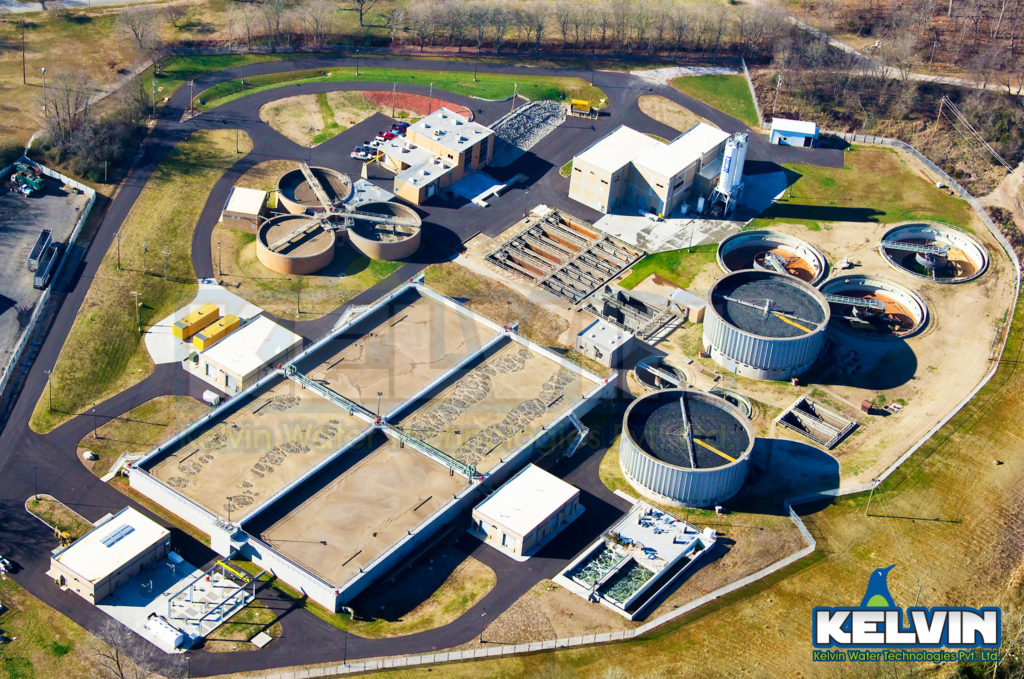Emerging Wastewater Treatment Technologies
Water sanitation remains to be one of the top environmental related issues the world is facing today. Water pollution such as the release of organic and inorganic contaminants to the environment is caused by domestic, agricultural, and industrial activities and is expected to increase as urbanization emerges and population grows across the globe. Current wastewater treatment technologies are energy- and cost-intensive. Our progressing world will soon demand for clean and safe water that is more expensive to supply and that will consume much of our carbon-based energy reserves. Today, scientists and researchers are exploring new technologies which are both cost and energy efficient to address the growing water sanitation needs and to serve as sustainable alternatives to conventional energy sources.
Two of the innovative technologies which are under study today, utilize microorganisms to treat the contaminated wastewater while producing energy sources and these are called 1) microbial fuel cell (MFC) and algae-based wastewater treatment. Both technologies have great potential to address both environmental and energy problems but still require scientific advancement to fully realize in the industrial scale. In this post, we will discuss how each technology works and identify the key challenges which impede their full industrial scale application.

While these technologies are still under exploration, widely established and effective treatment technologies in treating wastewater are available for usage by industries. Kelvin Water Technologies, a fast-growing company, provides the best water and wastewater technologies today. In addition, they also offer annual maintenance and consultancy services for water industries.
Microbial Fuel Cell (MFC) Technology
Microbial fuel cell converts chemical energy from an organic substrate to electrical energy by microbial catalytic activity. Basically, MFC is an electrochemical system with anode, cathode, exchange membrane, and electrical circuit as the major components.
In general, MFCs are composed of two chambers: 1) anodic chamber (anaerobic) and 2) cathodic chamber (aerobic) and are separated by an ion exchange membrane. In the anode, anaerobic bacteria degrade organic substrate and transform it into carbon dioxide while also generating electrons and protons. The electrons are transferred to the anode by the bacteria and pass through an external circuit thereby producing electrical current. On one hand, protons pass through the proton exchange membrane and combine which then react with oxygen and electron producing water. Aside from oxygen, ferricyanide and hydrogen peroxide can also be used as the terminal electron acceptor in the cathodic chamber.
The use of MFC as supplementary treatment to existing technologies has been proven to improve the treatment of wastewater. However, the technology still faces challenges primarily related to electricity generation and these are:
- Power and current density is still low
- Scalability problem since an increase in reactor size means an increase in reactor resistance thereby impeding electricity generation
- Electrode surface areas and cost of materials of construction
- Operational Cost
Algae-based Wastewater Treatment Technology
Due to the depleting fossil fuel reserves, the search for clean and renewable sources of energy have gained interest within the scientific community. Biofuel is considered as a clean substitute to fossil fuels. This can be derived from various biomass feedstocks such as grains and starch crops, agricultural residues, food waste, forestry materials, animal by products, energy crops, and urban wastes.
Among the possible biofuel sources, algae are promising feedstock since more biodiesel can be derived from them compared to other sources like oilseed crops while utilizing less water and land area.
On one hand, the use of algae in wastewater treatment plants is a less expensive and safer alternative to physical and chemical wastewater treatment methods. Chemical treatments sometimes result in further contamination of the sludge and, thus leading to disposal problems. Algal wastewater treatment has been found to successfully reduce wastewater BOD, nitrogen and phosphorus (N and P) content, coliforms, and heavy metals.
Wastewater commonly contains high amounts of N and P which makes it a very suitable substrate for large scale production of algae feedstock for biofuels production. Specifically, biomass from algae could be utilized to produce methane and liquid fuels. These can also be used for composting, animal feeds, and fine chemicals production.
While the synergy of algae-based wastewater treatment and biofuels production from algae is undeniable, the technology still needs further studies and developments. The key challenges are:
- Selection of appropriate type of wastewater for successful algae cultivation
- Selection of proper wastewater treatment methods prior to algae cultivation
- Screening for best algal species for wastewater treatment